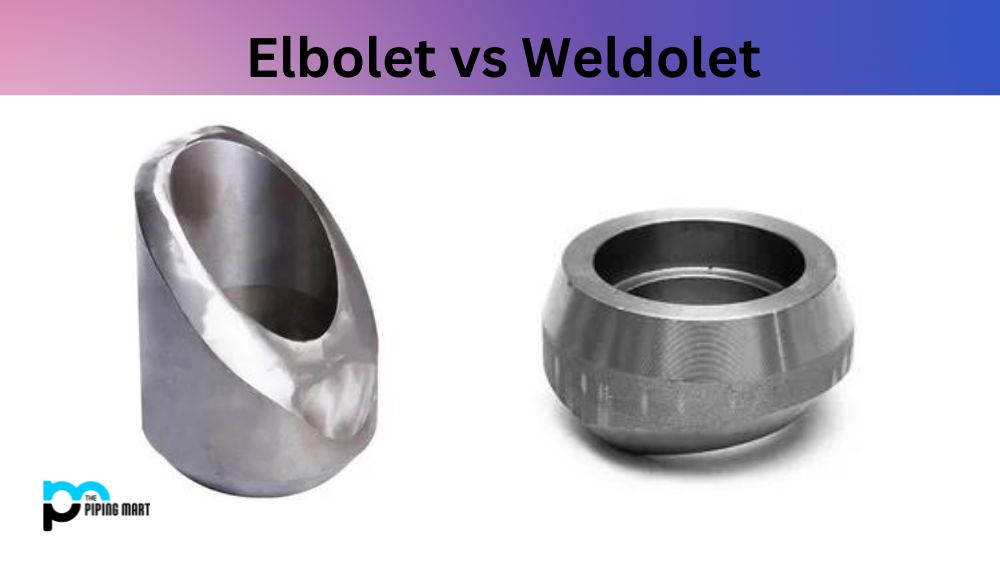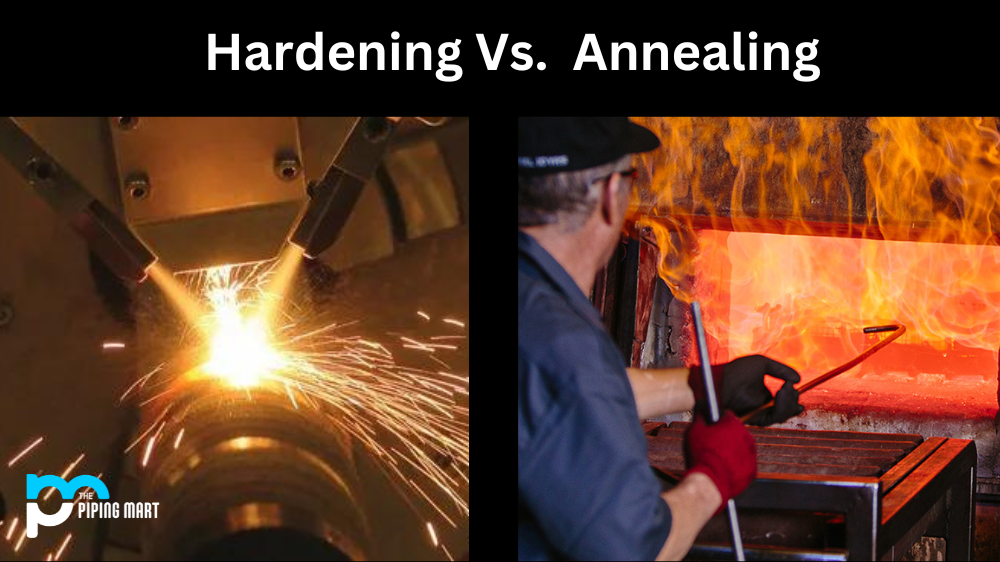If you are working in the piping industry, you know how vital it is to find the right fittings for your piping project. Pipe fittings are essential components in the overall installation and operation of pipelines. They connect various sections of a piping system, allowing the flow to continue smoothly. Two of the most commonly used pipe fittings are elbolets and weldolets. They have unique characteristics and purposes. This blog post will explore the key differences between elbolets and weldolets, their uses, and their applications.
What is Elbolet?
Elbolet is a Pipe Fitting product used to securely join and connect pipes, allowing for the plumbing system’s effective functioning. It comprises an elbow pipe fitting and a threaded neck fitting into the socket weld. The exterior surface of the part may be supplemented with insulation material depending on its application. Elbolets are available in various sizes, configurations, and materials, including steel, stainless steel, carbon steel, brass alloys, etc., making them ideal for different piping applications in water distribution systems and industrial plants. Additionally, they have excellent corrosion resistance properties, can withstand high-pressure levels, are easily installed, allow the excellent flow of material through pipes connected and have efficient connection strength between two adjoining parts with minimum leakage risk.
What is Weldolet?
Weldolet is a type of butt-weld fitting used in the pipe-fitting industry. It consists of a branch connection which connects to the run, adding strength and reducing stress concentrations. By using a weldolet, the stress on an existing pipeline can be noticeably decreased as it eliminates the need for welds in highly stressed areas. Additionally, weldolets are easy to install, with only one end requiring welding. They have an intact wall thickness and come in various sizes, such as 3/8” up to 6” or even higher. Moreover, depending upon requirements, they are available in different materials like carbon steels, stainless steels and alloyed steel alloys. Lastly, weldolets help save space due to their compact size and excellent corrosion resistance for extended service life under diverse temperatures and pressures!
Difference Between Elbolet and Weldolet
Design
Elbolets are a type of branch fitting shaped like an elbow, which connects a run pipe to a branch pipe at an angle. They come with a standard 90-degree bend and are usually made of carbon steel, stainless steel, or other metals. Weldolets, on the other hand, are also branch fittings but in a different design, with a basic end finish that needs to be welded onto the run pipe. Weldolets are made using a butt-welding or socket-welding process, providing a more secure attachment to the main pipe than elbolets.
Application
Elbolets are typically used for high-pressure applications, particularly in the oil and gas industry. They are also ideal for systems that require frequent cleaning or inspection. Elbolets are commonly found in chemical plants, petrochemical refineries, and power plants. Weldolets are used in pressure pipe systems that demand high integrity. They are perfect for connecting pipeline runs to smaller branches or dead ends, reducing the need for extra fittings. Weldolets are widely used in industrial processes such as fertilizer production, food processing, and pharmaceutical manufacturing.
Advantages
Elbolets provide several advantages, including ease of installation and reduced maintenance costs. Pipefitters do not require specialized equipment to fit bolts into a pipeline since the elbow shape is designed to align perfectly with the run and branch pipe. On the other hand, weldolets are highly resistant to corrosion and offer excellent structural integrity. The weld-on design allows greater flexibility in choosing the correct branch size, reducing the number of fittings that would otherwise be required.
Size
Elbolets come in different sizes and are available in varying wall thicknesses. The size of the elbolets is determined by the size of the run and branch pipes. The most common size for elbolets ranges from 1/2 inch to 24 inches. Weldolets also come in sizes ranging from 1/8 inch to 6 inches. The size of the weldolets depends on the pipe size and the application requirements.
Cost
Elbolets are typically less expensive than weldolets, requiring less material and a simpler manufacturing process. However, this cost-effectiveness is offset by the need for frequent maintenance, as elbolets are more prone to corrosion and wear. Weldolets, while more expensive, are more durable and require less maintenance.
Conclusion:
Elbolets and weldolets are useful and functional pipe fittings with unique features, applications, and advantages. Understanding the differences between the two makes it easier to select the appropriate fitting for any particular pipeline project. If you are looking for an inexpensive and easy-to-install fitting, elbolets might be your choice. However, if you require high structural integrity and corrosion resistance, go for weldolets. Selecting the right fittings for your pipeline can significantly impact the system’s overall performance and lifespan.

Pipingmart is a B2B portal that specializes in metal, industrial and piping items. Additionally, we share the latest information and information about materials, products and various types of grades to assist businesses that are involved in this business.




